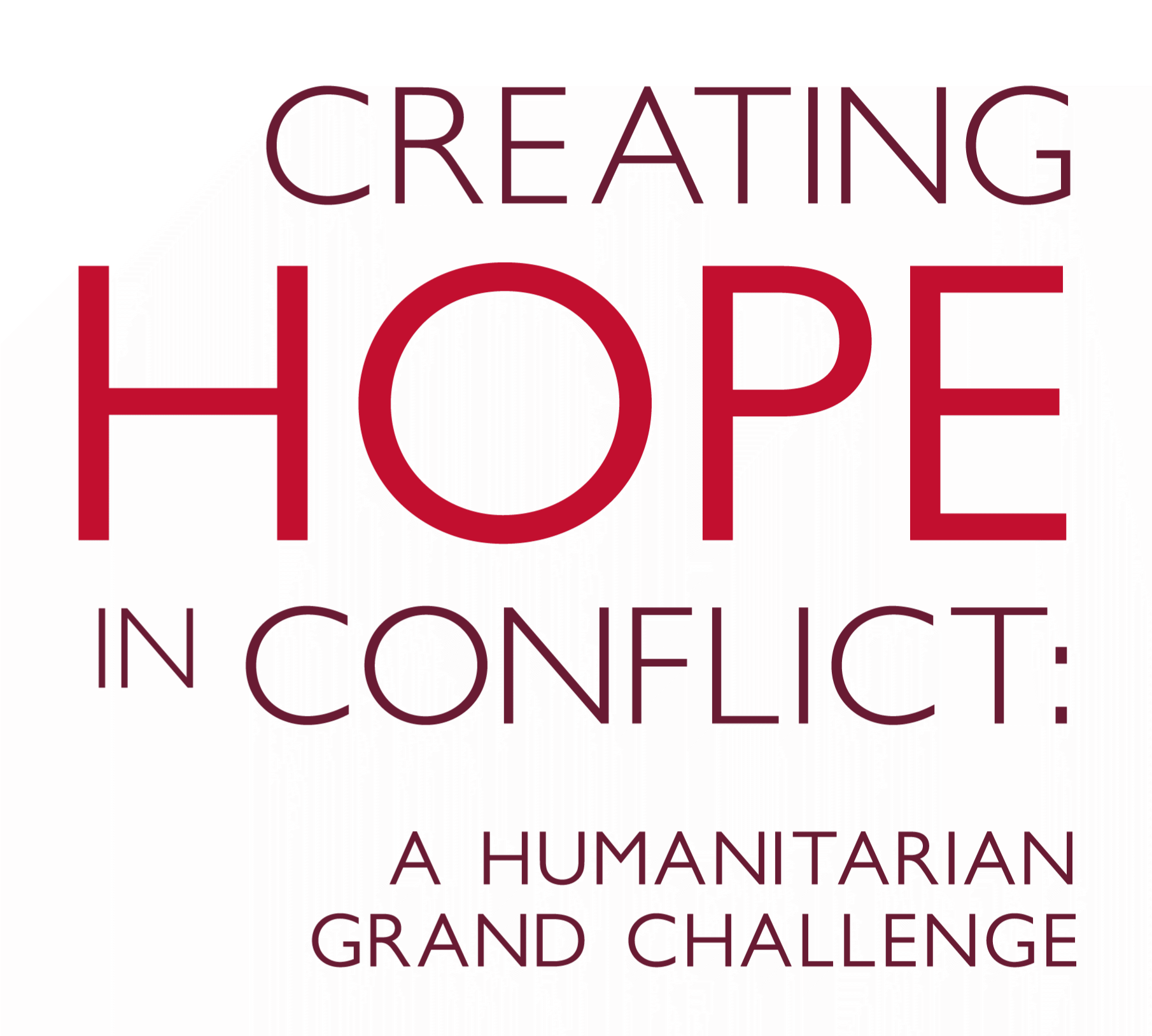Now what?
The ten humanitarian grand challenges identified in this study encompass many sectors. They call for a reduction of the distinction between humanitarian and development efforts. Of course, these do not cover all potential barriers or gaps in either realm. Some of these challenges are long-standing. To be addressed, they now need collaborative thinking, large-scale funding and leveraging of new technologies. Some have been tackled in ways that could do with more impact evaluation — for example, identifying the best way to deliver supplementary nutrition for poor families with young children in food crisis situations2.
Identifying priorities, as in this study, is just the first step in a long-term, continuous process of trying to effect change. Ideally, most of the research questions provided here will examine how to scale up solutions in specific locations, and in ways that will inform the global humanitarian community and help it to prepare for future emergencies.
Already, this initiative has begun to make a difference. In February this year, the US Agency for International Development’s Office of US Foreign Disaster Assistance (USAID OFDA), the UK Department for International Development (DFID) and Grand Challenges Canada launched a multi-million-dollar initiative to support innovations that engage the private sector and involve affected communities to provide, supply or locally generate safe water and sanitation, energy, life-saving information, or health supplies and services to help conflict-affected people. This initiative is called Creating Hope in Conflict: A Humanitarian Grand Challenge (see go.nature.com/2kscfa2).
Within 2 months, 615 proposals were received from 87 countries; approximately 300 came from low- and middle-income countries, including more than 100 from countries in active conflict. Seed grants of around US$250,000 will be awarded to pilot projects, and grants of up to $1 million will be awarded to a select number of ‘transition-to-scale’ projects. Announcements are expected in late 2018. More funding partners are likely to join soon.
Once a robust pipeline of innovations is established, the challenge will be to scale them in a sustainable manner. With sufficient funding and effective partnerships, we hope to see progress on the priorities identified here.


